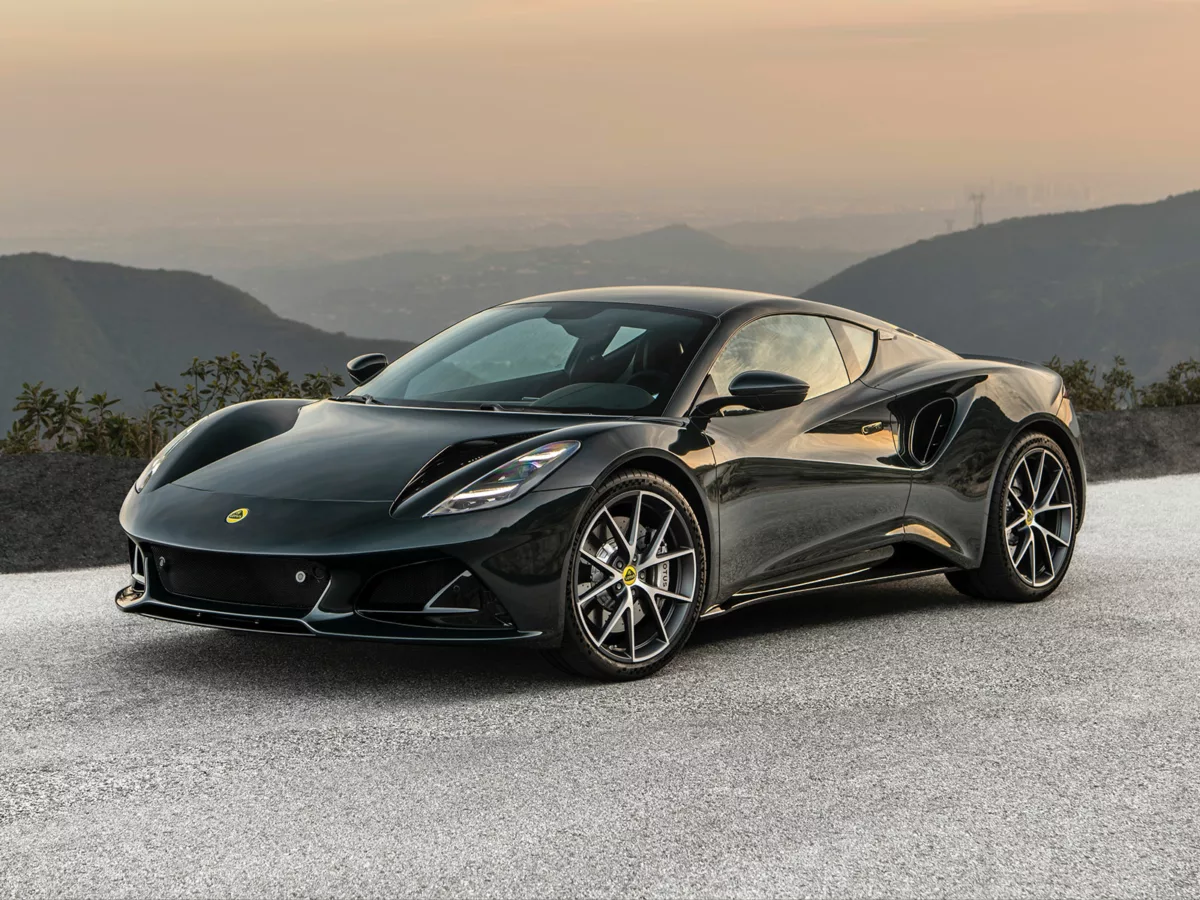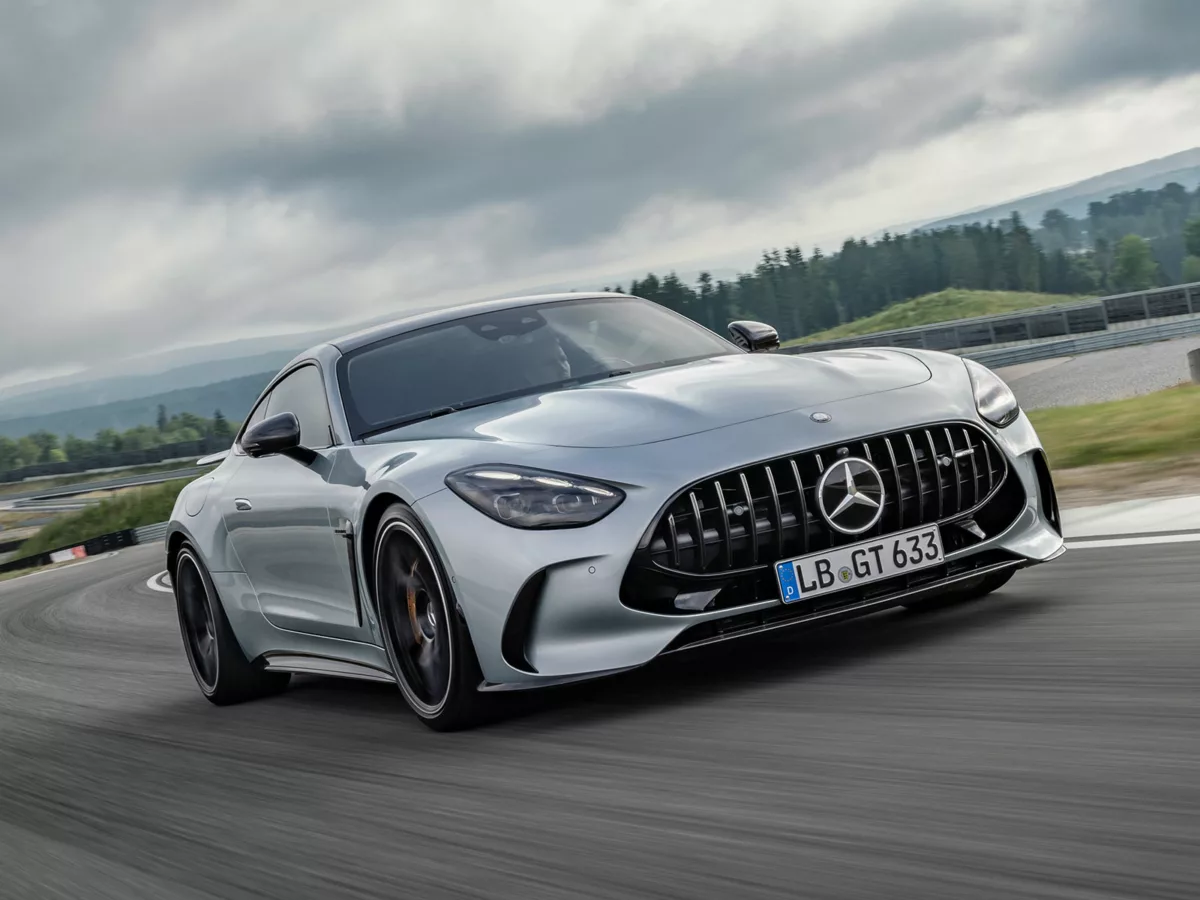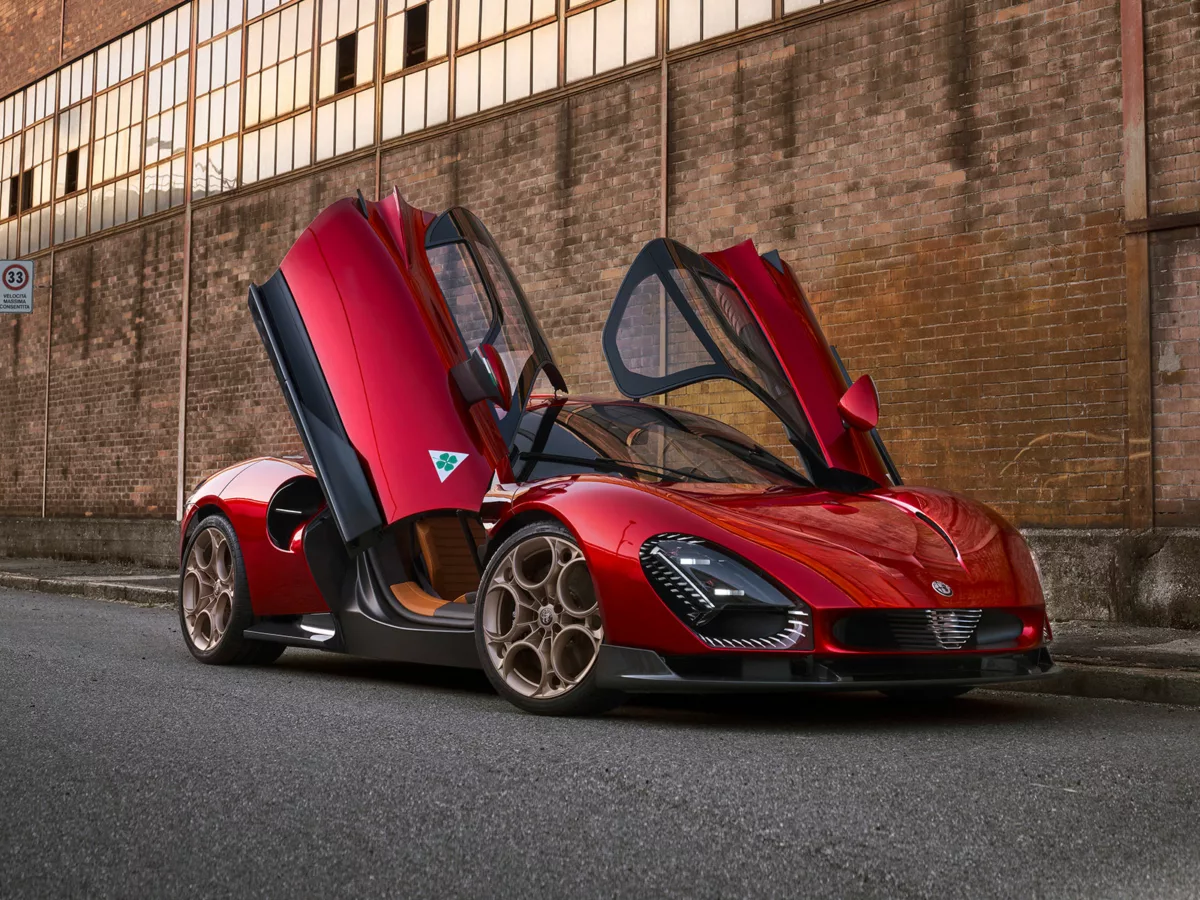Alfa 33 Stradale (1967 Alfa Romeo 33 Stradale)
It’s generally accepted that the golden era of automotive design was the two decades following the Second World War. And in that time, no designer was as celebrated as the one-time aeronautical engineer Franco Scaglione. The Florentine’s designs have stood the test of time, his cars such as the Lancia Aurelia, Jaguar XK150, Alfa Romeo Giulietta Sprint today fetching astronomical sums at auction. Chief among the icons was the 1967 Alfa Romeo 33 Stradale, a car deemed so beautiful Sophia Loren declared it ‘perfection’. It was a car of firsts – the first real supercar, the first to feature butterfly doors, the first to use curved window glass that reach into the roof. It was fast, furious and glorious. Half a century later Alfa, keen to emphasise their latest ‘mechanics of emotion’ tagline, announced they would be revived the Stradale name. Sceptics scoffed; after all, Alfa has been trying to reinvigorate itself for decades, desperate to rekindle that sense of 1960s la dolce vita. But naysayers had to eat their words. When Alfa’s Jean-Philippe Imparato took the proverbial covers off the 33 Stradale in August this year, the world gasped. Here finally was a car the Alfisti could rally behind. A special Alfa design team named Bottega had been tasked with turning the past into the future. Job done – the new Stradale has already won accolades as the most beautiful car in the world. It is also something of a curiosity: it is Alfa’s final internal combustion engine supercar. From now on the Italian marque, owned by the giant Stellantis Group, will focus on electric machines. Only 33 Stradales will be made, costing R34m a piece, easily the most expensive Alfa ever made. There are two powertrains, a 3.0-litre twin-turbocharged V6 or a fully electric version. No prizes for guessing which is the most popular…

Lotus Emira (Lotus Elite 1957)
Like Alfa Romeo, British car company Lotus has gone the electric route and the spectacular Emira will also be their last car powered by an internal combustion engine. The comparisons with Alfa don’t stop there – just like the Italian marque Lotus decided to delve into the past for Emira inspiration, notably the 1957 Lotus Elite. In Lotus lore two cars stand out as icons, the 1957 Elite and the 1962 Elan. The Elite was the more courageous of the two, light because of its fiberglass body, quick, thanks to Colin Chapman’s lauded Coventry Climax 1200cc engine and comfortable to boot. It was of course beautiful as well in a way few post war British cars were, Peter Kirwan-Taylor’s design modern as well as timeless. It was this timelessness that Lotus sought to replicate with the 2023 Emira. Daniel Durrant’s design harks back to a slicker, less cluttered design ethos while staying true to the current vogue for severe origami creases. His was both an easier and a more difficult job; 3D computers helped him create a body without having to mess around with clay models, but EU regulations meant his car needed to be far safer (read complex) than the Elite in 1957. Indeed the 1957 car was entirely made of fiberglass in a time when few understood the material – it wasn’t unheard of for the suspension struts to separate from the chassis…
Durrant’s car is entirely modern – and international. The V6 engine option is from Toyota, the 4-cylinder option is care of Mercedes-Benz and the interior has Volvo elements. Lotus is of course owned by the Indian multinational Geely.

Mercedes-Benz AMG GT (Mercedes-Benz 300SL Gullwing 1954)
Another swansong – allegedly – for Mercedes-Benz. This time it’s an engine, the fire-breathing V8. It will do final service in the soon-to-be released Mercedes-Benz AMG GT 63, itself something of an anachronism in an electric world. Engine aside, the new car’s main talking point is its retro design, Mercedes-Benz clearly harking back to an era when style, grace and elegance were the bywords for GT cars. It’s the coupe version of sister car SL, recently launched and equally nostalgic in design. The historical inspiration for both is Stuttgart’s celebrated icon, the 1954 Mercedes-Benz 300SL Gullwing Coupe. The Gullwing is one of only a handful of cars that non-petrolheads can identify at a hundred paces and it makes sense for Mercedes to accent its celebrity. Friedrich Geiger’s original was a sensation when it was launched at the 1954 New York Autoshow, utterly new and revolutionary. Its heavenly doors made all the front pages but there were other quirks such as a folding steering wheel for easy ingress and an eye watering sticker price, easily the priciest coupe of its day. In comparison, the new AMG GT 63 will seem like chump change at R3.6m.
Car design is, and will always be, a harbinger of wider fashion trends across the world. The current emphasis on yesteryear reflects a desire for a simpler, less complicated world. Expect couture, art and architecture to follow suit soon enough.
by Peter Frost





